The Ultimate Insider’s Guide to London by Lee Broom
The dynamic designer, who has created a site-specific light installation for this year's London Design Festival, shares where to eat, shop, and find inspiration in the capital city
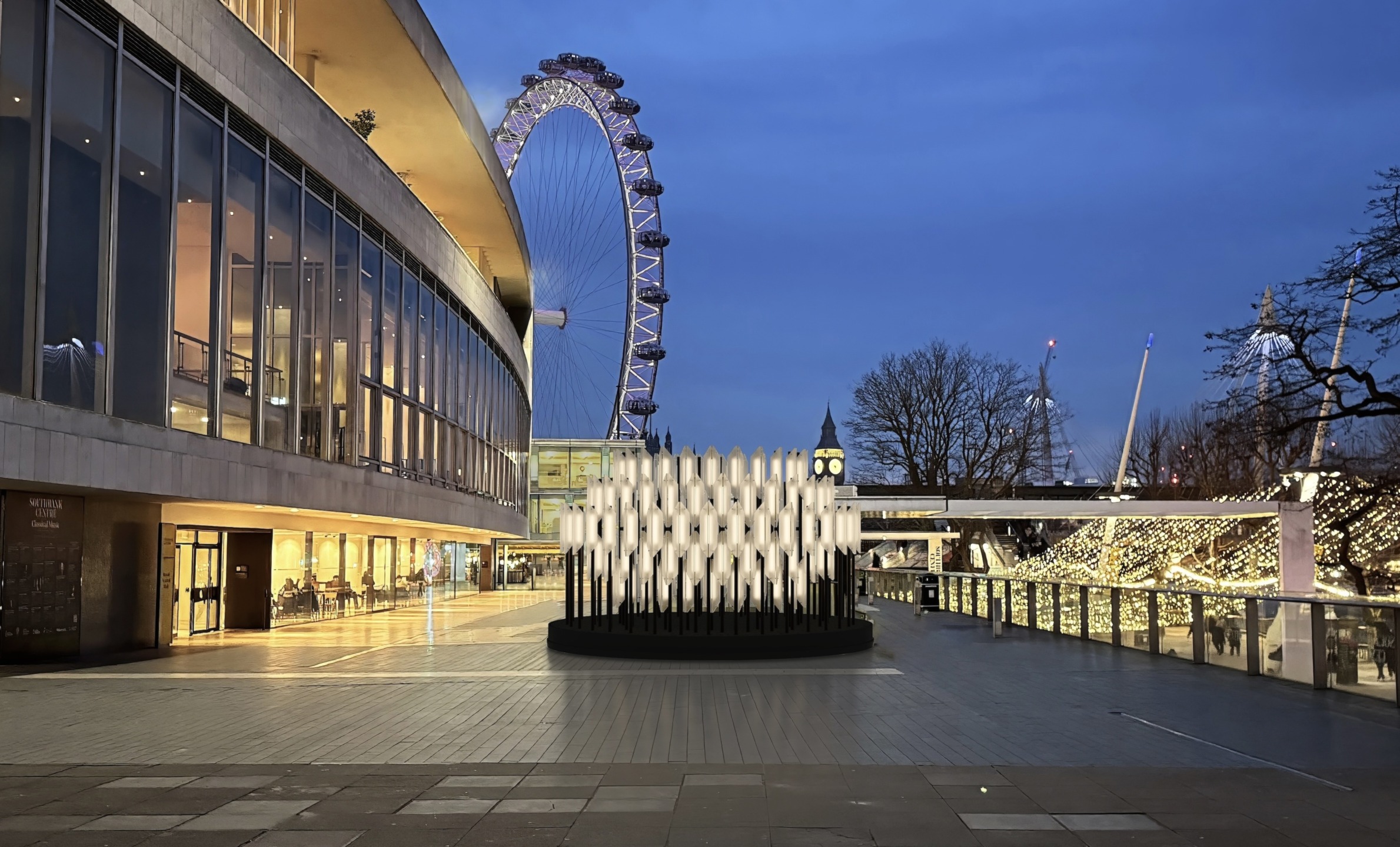
The 23rd edition of the London Design Festival begins next week, with many of the world’s makers, designers, and brands converging in the capital city. From installations along the River Thames to exhibitions at the Design Museum, the Victoria & Albert Museum, and at The Lavery, where “Convergence by the David Collins Foundation” highlights the shape-shifting work of eleven artists and designers, the week promises to highlight the city as a creative powerhouse.
Lee Broom, who splits his time between London and New York, has emerged as a central fixture in the British capital’s burgeoning design scene owing to the mesmeric luminaires and sculptural furniture created by his eponymous studio. For this year’s festival, he created a site-specific light installation called Beacon that references past, present, and future and is on view from September 13–21 at Southbank Centre. Below, he shares a few of his London favorites ahead of what’s certain to be an action-packed week.

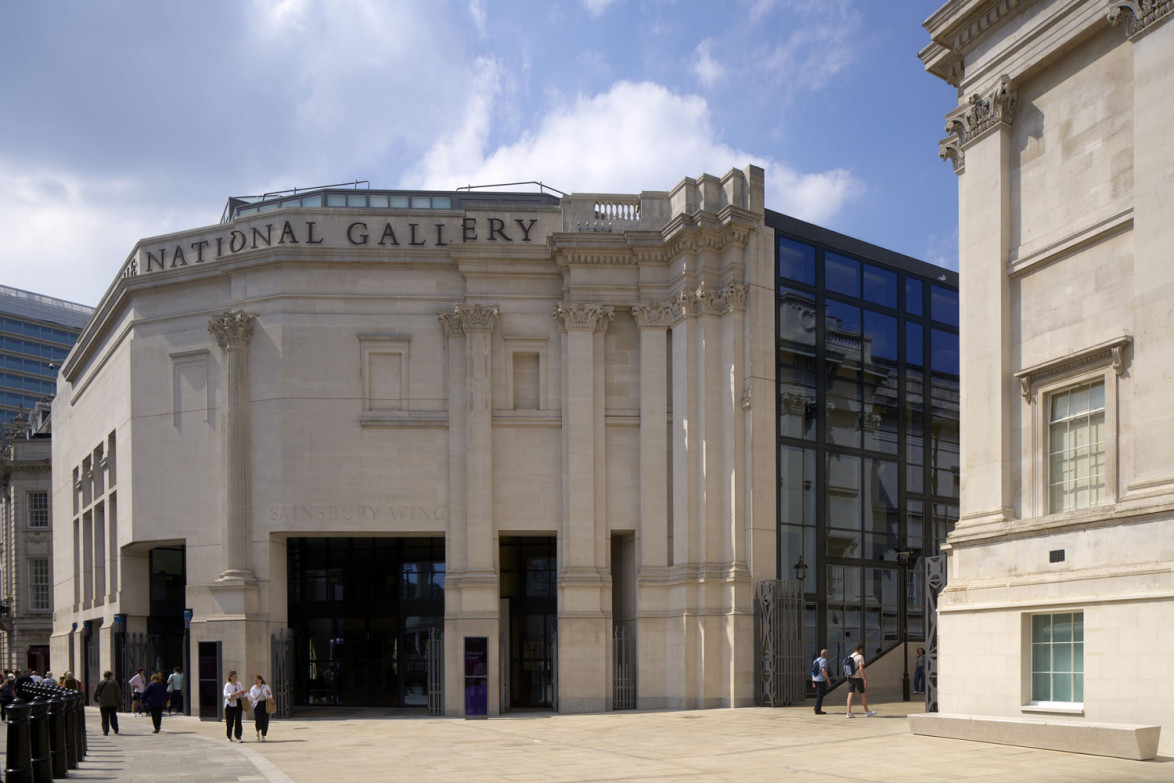
What makes London such a dynamic, design-centric city now?
It’s a very historic and traditional place, but also a modern, contemporary and forward-thinking city. The energy of the people is very unique, and as it’s so multicultural, the spirit of creativity is found everywhere. Modern architecture is juxtaposed with Georgian buildings, the tourists—it all adds to this incredible cultural melting pot.

How has London Design week evolved over the past few years?
I remember in 2010, when the London Design Festival week was centered around a cool Victorian warehouse in Shoreditch. The area has only grown to become a design hub since then. The energy ebbs and flows, and every festival is different. The pandemic definitely put a spanner in the works, but people still really want to meet with the design community and see the product in person. I feel like Milan is more of a FOMO moment—people don’t want to miss out on the parties and social media moments—but London Design Week is still so completely about good design.

What are you most excited to see this year?
There are so many interesting things across the city, but I am particularly interested in a few landmark projects. The first is Paul Cocksedge’s What Nelson Sees, which will be a very interactive installation, right in Trafalgar Square. It’s basically a sculpture on the ground that lets the viewer see what the Admiral would see from his lofty perspective.

I am also excited to see Beacon come to light on September 13, on the Southbank across from the Royal Festival Hall. I have been working for some time on this illuminated public artwork, which incorporates Victorian lamp posts into a giant sculptural, sustainable chandelier. It is also a choreography of light: as Big Ben strikes on the hour across the river, the installation’s illuminated shades will come to life. The lamps are made of glass with wooden imprints—or striations—that emulate the original concrete and reference the surrounding Brutalist architecture. These recycled glass panels will stay in place and be a part of the Southbank Winter Light Festival. At the end, the sculpture will be dismantled, and the 200 panels will be made into lamps that will then be sold.
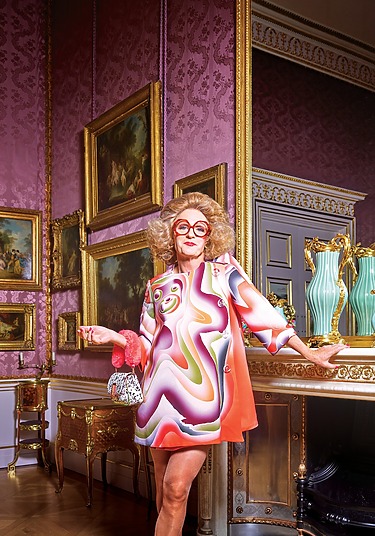
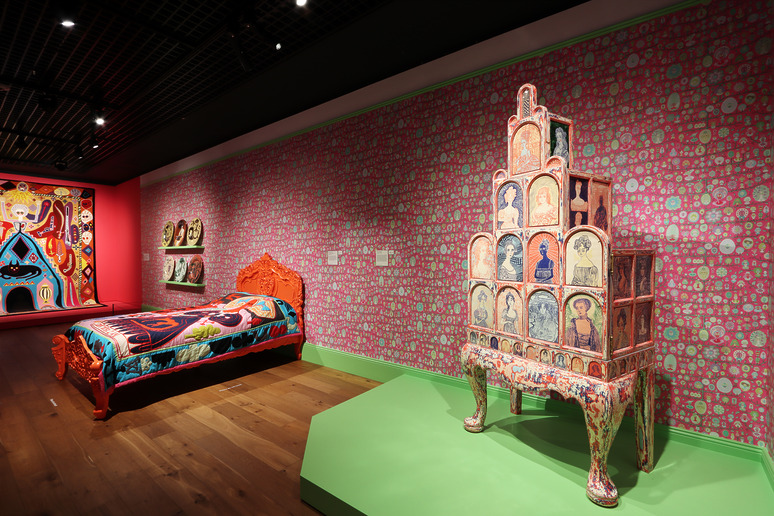
Are there exhibitions that shouldn’t be missed right now?
There are numerous initiatives in and around Shoreditch, including Design Shoreditch, which will highlight multiple brands at the Shoreditch Town Hall. In addition, I am excited to see “Grayson Perry: Delusions of Grandeur” at The Wallace Collection. The juxtaposition of 40 new works of contemporary art with the classic 18th-century collection will be interesting.

What are a few of your favorite shops for great design?
One of the best is SCP, near my studio in Shoreditch. It was the first design store in the area—a pioneer in Scandi furniture and makers with a similar aesthetic. You’ll find Roll & Hill, Calico Wallpaper, and more in one place.
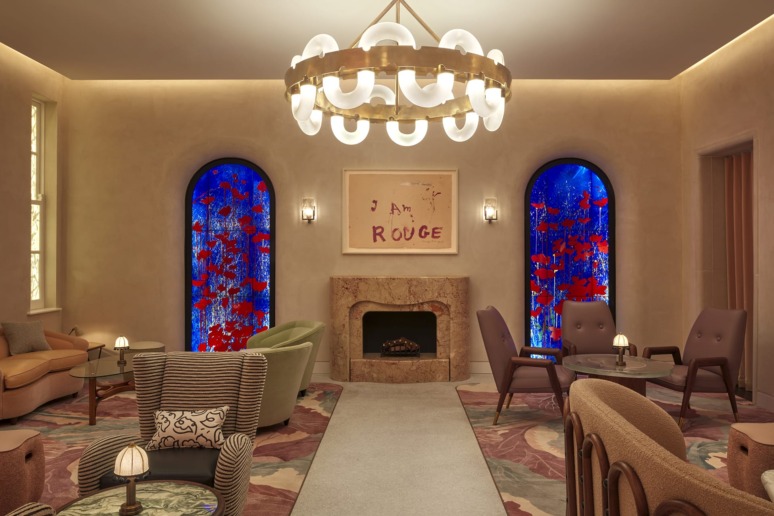
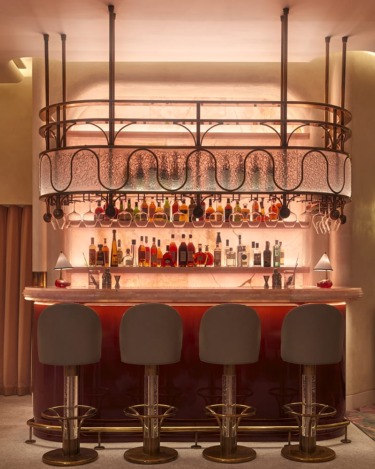
Are there hotels that are particularly design-led—or just wonderfully old-school—that you recommend to people visiting?
For exquisite design, At Sloane in Chelsea is outstanding. It’s very serene—white, classic, yet very 90s. I’m keen to see the new Rosewood Chancery in Mayfair—it was designed by Eero Saarinen in 1960 and was home to the U.S. Embassy. It’s an amazing project. We need a cool, funky independent hotel in Shoreditch. For old-school glamour, The Connaught, with its iconic bar, is the best ever. I had a cocktail named after me there—it was made with Tanqueray gin and served in a glass that I designed.

Are there any restaurants that are new or just noteworthy—great design, great food, innovative, or a classic—that you recommend to friends?
In Shoreditch, BRAT is great for fish in a casual atmosphere, but it’s hard to book. In the West End, I like Arlington that’s in the old Caprice space. They’ve resurrected an old classic, with David Bailey photos on the walls and a very ’90s feel. The Breakfast Club in Soho is another favorite for a good takeaway. I also like to hang out in Soho on a Thursday night because the pubs haven’t changed since the 1960s. The French House where they only serve half pints and the Coach & Horses where the old 1970s beer signs still hang, unchanged. The Blue Post on Berwick Street is also outstanding; they haven’t decorated in years, so it’s very dated but in the most amazing way.

For design lovers, are there trips outside of the city that are worth the effort?
With one foot in the mosh pit, and one foot in the posh pit, I recommend a visit to the Cotswolds—the Hamptons of the UK. A stay at Soho Farmhouse or the exquisite Estelle Manor are musts. It’s a very international, quintessentially-English destination.
At the other end of the scale, the English seaside is wonderful. The towns of Brighton and Margate are all about faded Victorian grandeur with classic fish and chip shops. The residents here are quite eccentric which adds to the fun. It’s a wonderful escape from the Big Smoke.